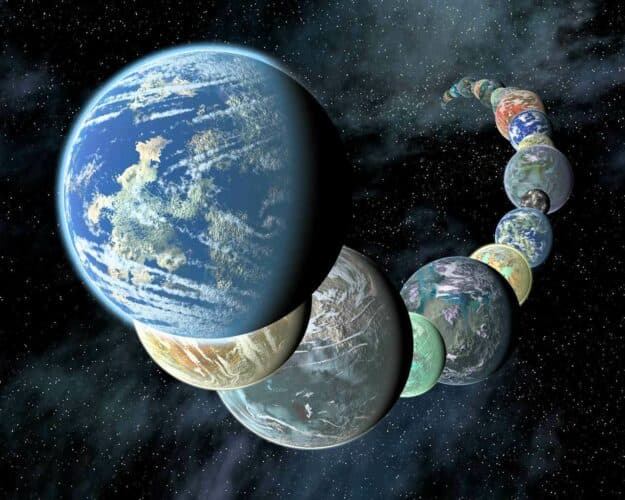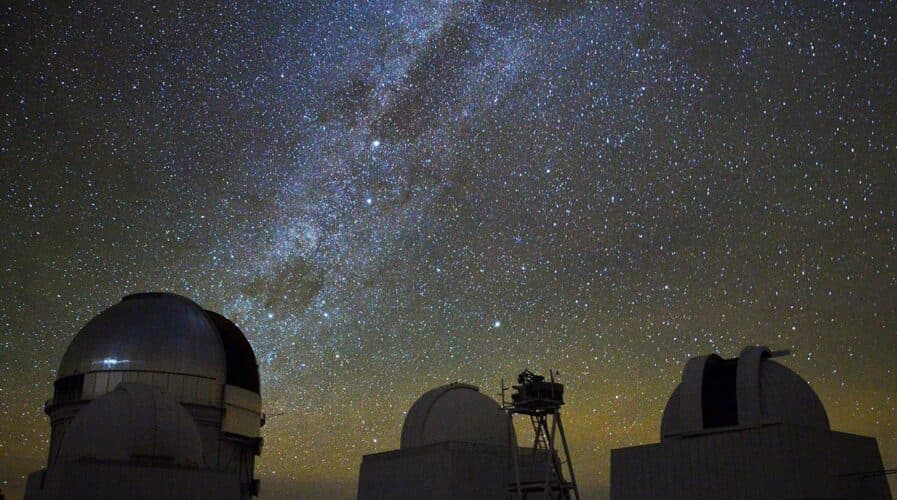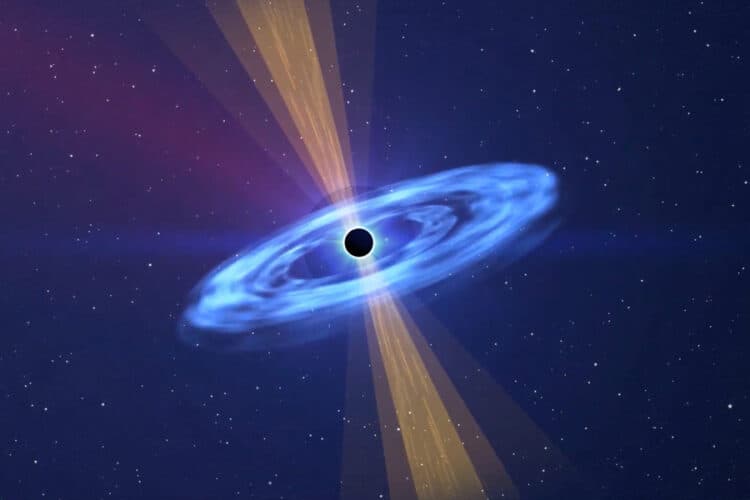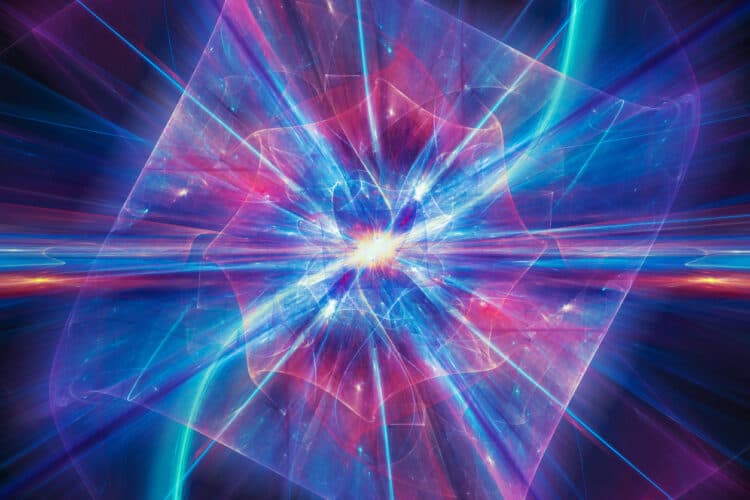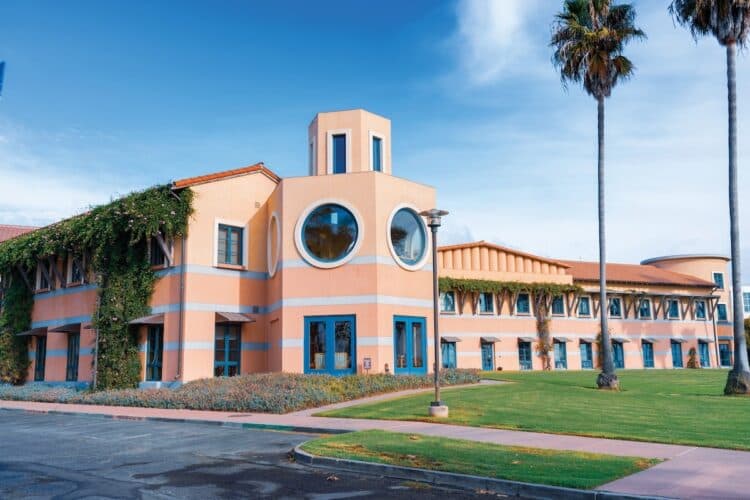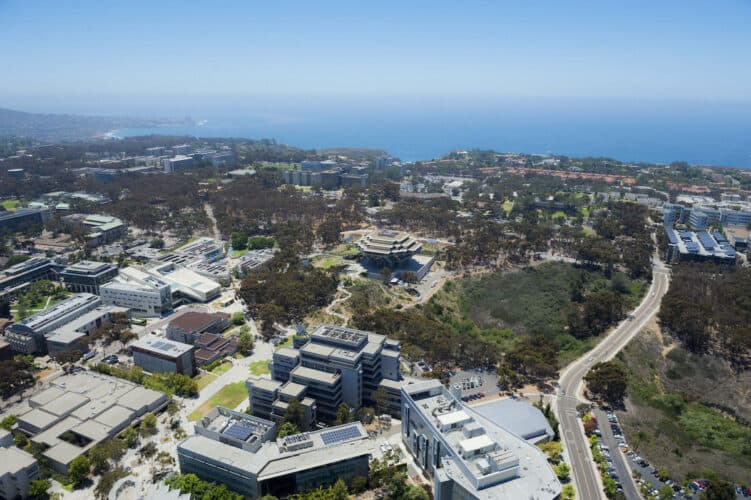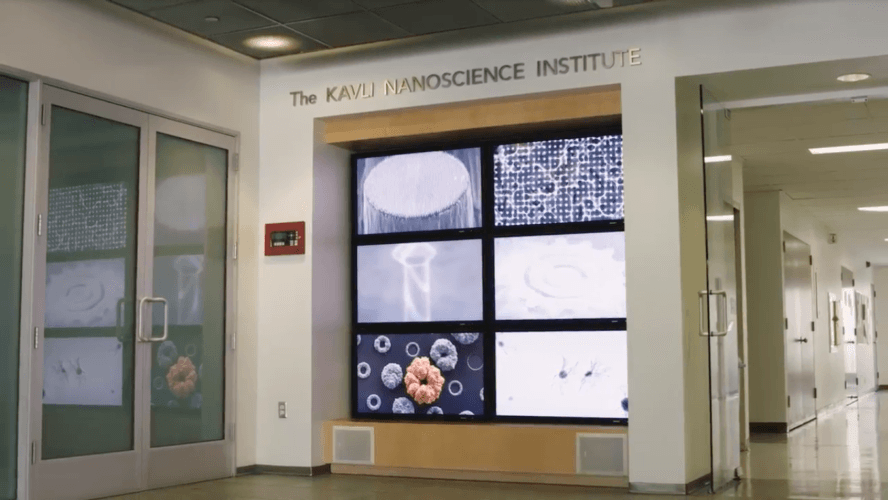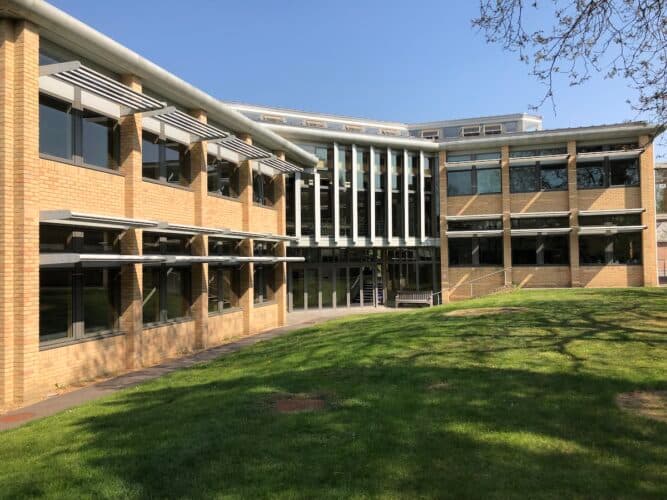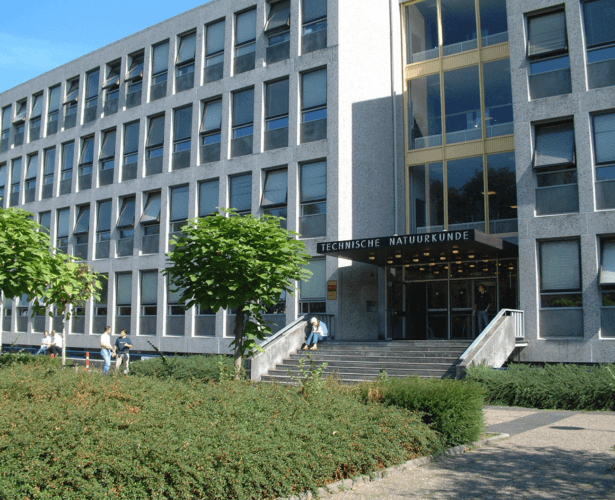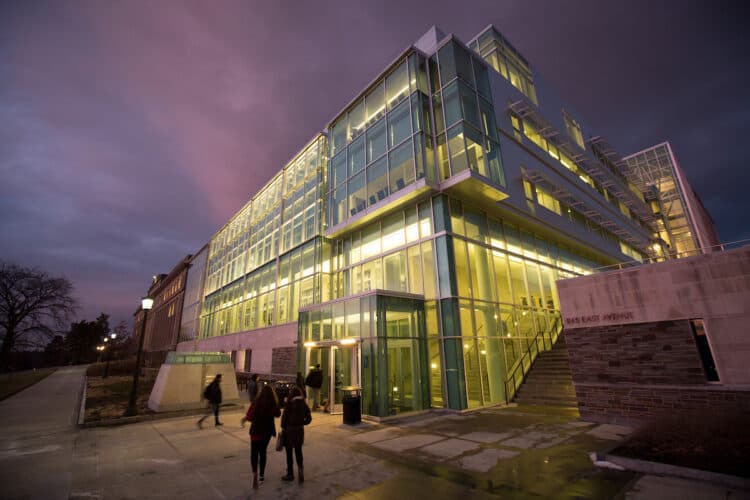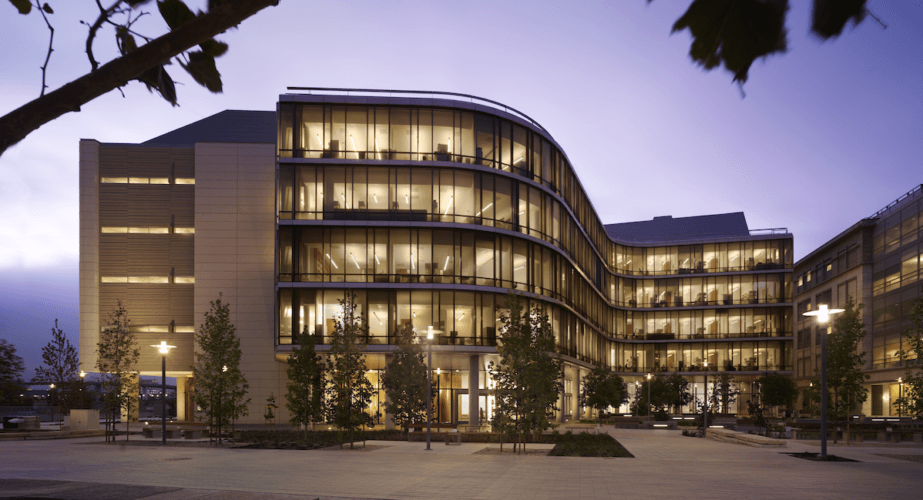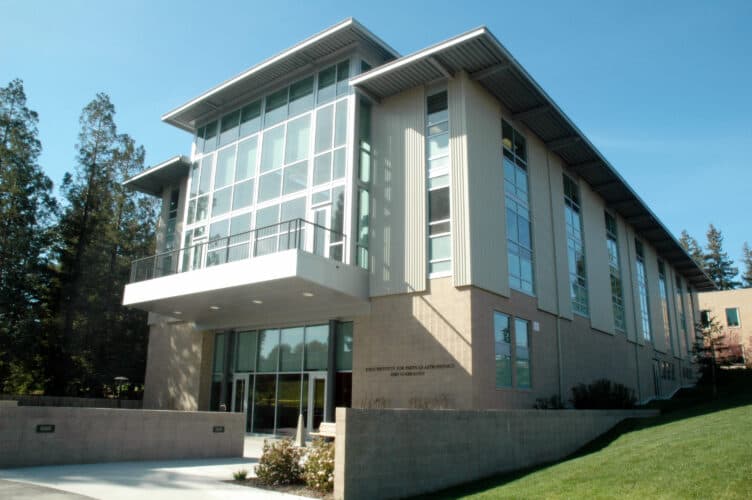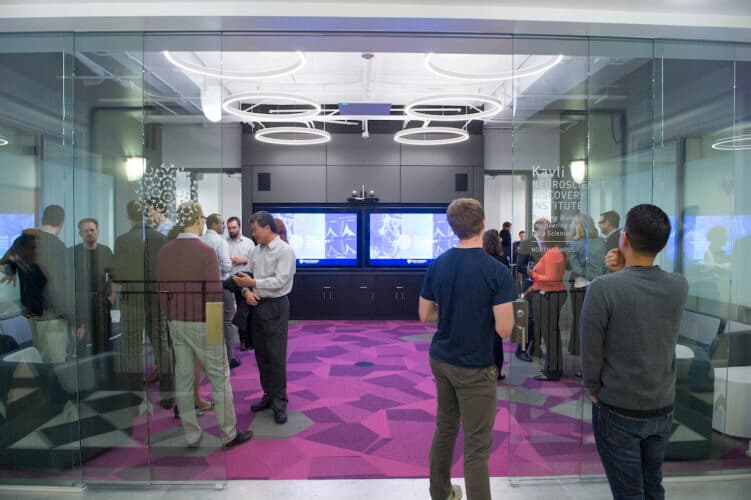
Peking University-BeijingKavli Institute for Astronomy and Astrophysics
Serving as a global center of excellence in astronomy and astrophysics, attracting scientists from around the world
The Kavli Institute for Astronomy and Astrophysics (KIAA) is designed to be a forum for global scientific exchange, an incubator for innovative projects, and a training center for postdocs and students. It carries out research on the origin and evolution of astrophysical structures from the scales of planetary systems and stars up to that of the universe as a whole.
FOUNDED 2006
Leadership
AREAS OF INQUIRY
- OBSERVATIONAL COSMOLOGY, GALAXY FORMATION AND EVOLUTION: Galaxies, and their accumulated gas, stars and dust, are the main visible manifestations of structure in the universe. Understanding galaxy formation and evolution is one of the key problems in astrophysics, combining the fields of stellar populations, gravitational dynamics, gas physics, active galactic nuclei, computer simulations and cosmology.
- INTERSTELLAR MEDIUM, STAR FORMATION, AND PLANETS: The interstellar medium, consisting of gas, dust and magnetic fields, is the raw material from which stars and planets form. This area of research studies the structure of the ISM, as well as the detailed formation and evolution of stars, star clusters and planetary systems.
- GRAVITATIONAL PHYSICS AND HIGH-ENERGY PHENOMENA: Gravitational physics research involves studies of applications of numerical relativity, black hole dynamics, sources of gravitational radiation, critical phenomena in gravitational collapse, the initial value problem of general relativity, and relativistic astrophysics. These studies also include the many high energy phenomena associated with these processes.
- COMPUTATIONAL ASTROPHYSICS: Astrophysics is one of the leading fields in the use of computational power to understand complex phenomena. Simulations can constrain theories and be matched to observations on a large range of scales: from relativistic binaries, accretion disks, and star forming regions, to star clusters, whole galaxies, and cosmological volumes of the Universe.
Chinese Space Station Telescope

New research from Dong and colleagues has lent strong support to an alternative means of planet-forming, offering a fuller picture of the pathways to planethood
Dec 12, 2024
Astrophysics Profile
Kavli astrophysics institute researchers have leveraged the might of JWST to see the previously unobservable dim galaxies that host bright quasars
Jul 10, 2023
Astrophysics Research Highlights
Research highlights from Kavli Astrophysics Institutes
Mar 16, 2023
Astrophysics Research Highlights
Research highlights from Kavli Astrophysics Institutes
Jan 18, 2023
Astrophysics Research Highlights
Remarkable basic research in astrophysics, theoretical physics, nanoscience, and neuroscience
Dec 19, 2022
More Institutes
At Kavli Institutes around the world, scientists explore the frontiers of science in the fields of astrophysics, nanoscience, neuroscience and theoretical physics.
See all institutesNanoscience
University of Oxford
Theoretical Physics
University of California, Santa Barbara
Neuroscience
University of California, San Diego, and the Salk Institute for Biological Studies
Neuroscience
Columbia University
Nanoscience
California Institute of Technology
Astrophysics
University of Cambridge
Neuroscience
Yale University
Theoretical Physics
University of Chinese Academy of Sciences
Nanoscience
Delft University of Technology, Netherlands
Neuroscience
Rockefeller University
Nanoscience
University of California, Berkeley
University of Tokyo
Astrophysics
University of Chicago
Cornell University
Neuroscience
University of California, San Francisco
Massachusetts Institute of Technology
Stanford University
Neuroscience
Norwegian University of Science and Technology
Neuroscience
Johns Hopkins University



